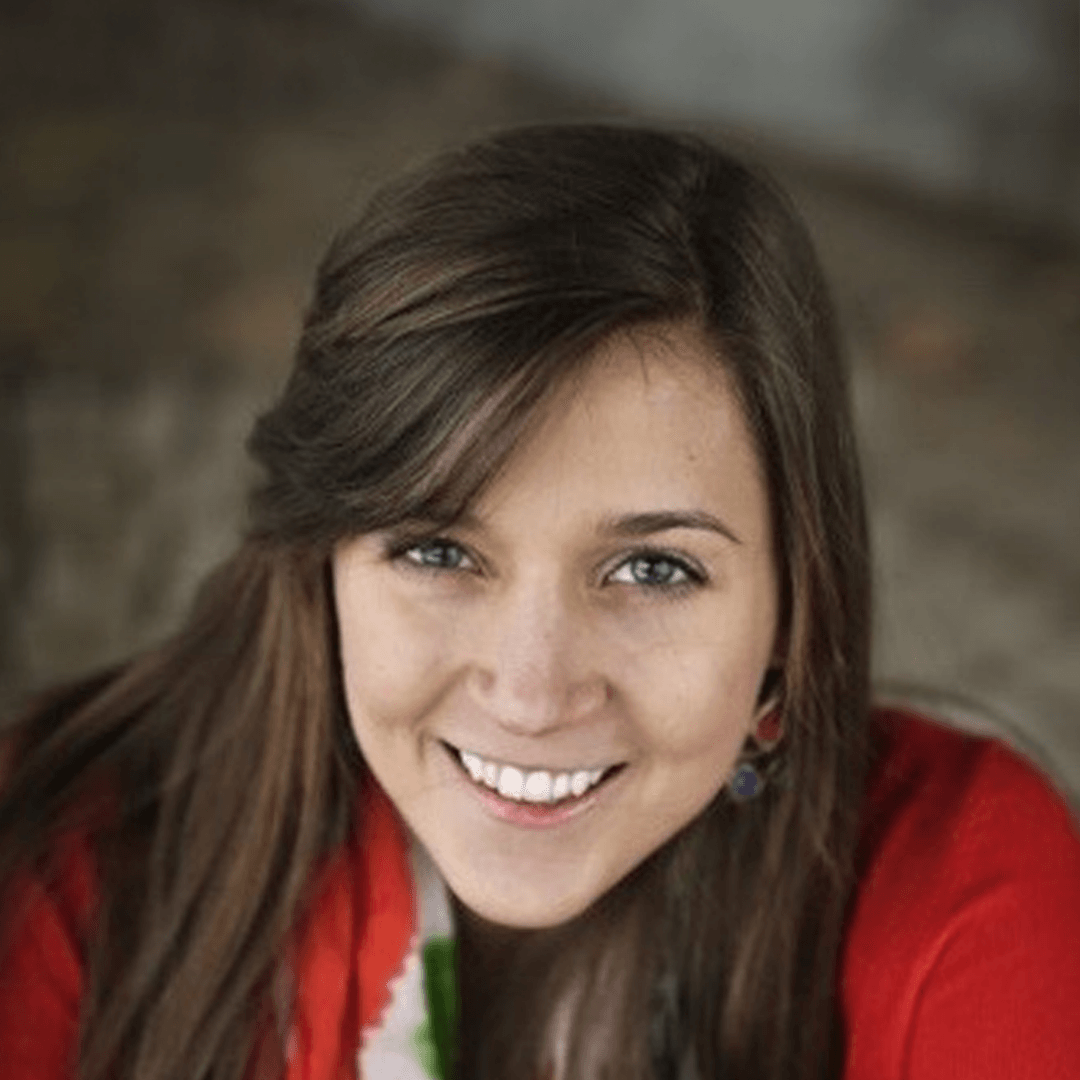There is data to support the effectiveness of a variety of exercise programs in improving both the function of varicose veins and overall quality of life. Exercise improves endothelial function and circulation in people with varicose veins, even when physical activity levels are initially low and exercise capacity is reduced.[1] Indeed, structured exercise training improves calf muscle pump function in people with varicose veins (chronic venous insufficiency).[2] Balneotherapy and aquatic exercise also improve quality of life, pain, edema, and functional parameters (i.e., venous function) among varicose vein patients.[3][4] For post-surgical varicose vein patients, treadmill exercise improves microvascular endothelial function,[5][6] although therapeutic exercise (i.e., stretching, ankle-strengthening exercises, foot and ankle flexion/extension) may not improve quality of life in this population.[7]
Because overweight and obesity are associated with an elevated risk for varicose veins, people with these conditions may experience a reduction in symptoms with weight loss.[8][9][10][11] However, there are no studies directly investigating the effect of weight loss on quality of life, symptoms, or functional measures among people with varicose veins. Avoiding prolonged standing and reducing cardiovascular disease risk factors, such as high blood pressure, may also reduce varicose vein symptoms.[12]


